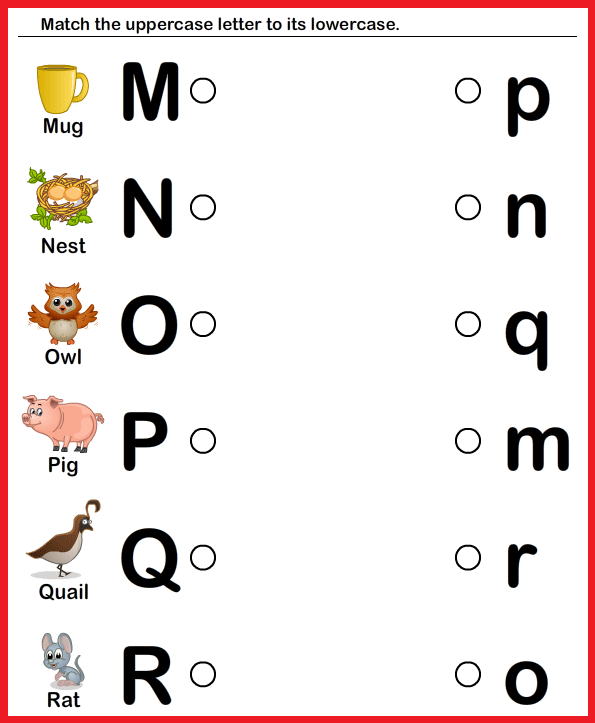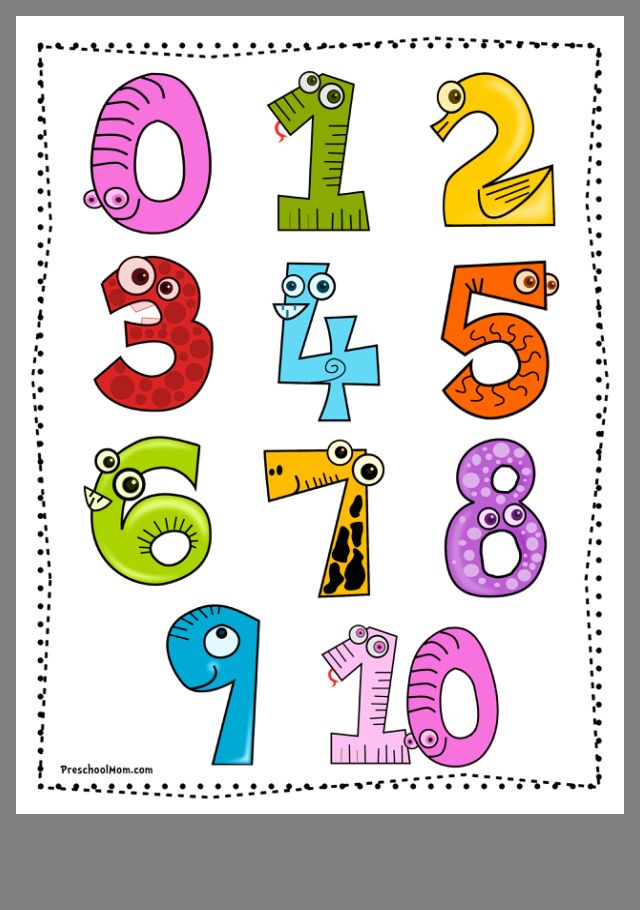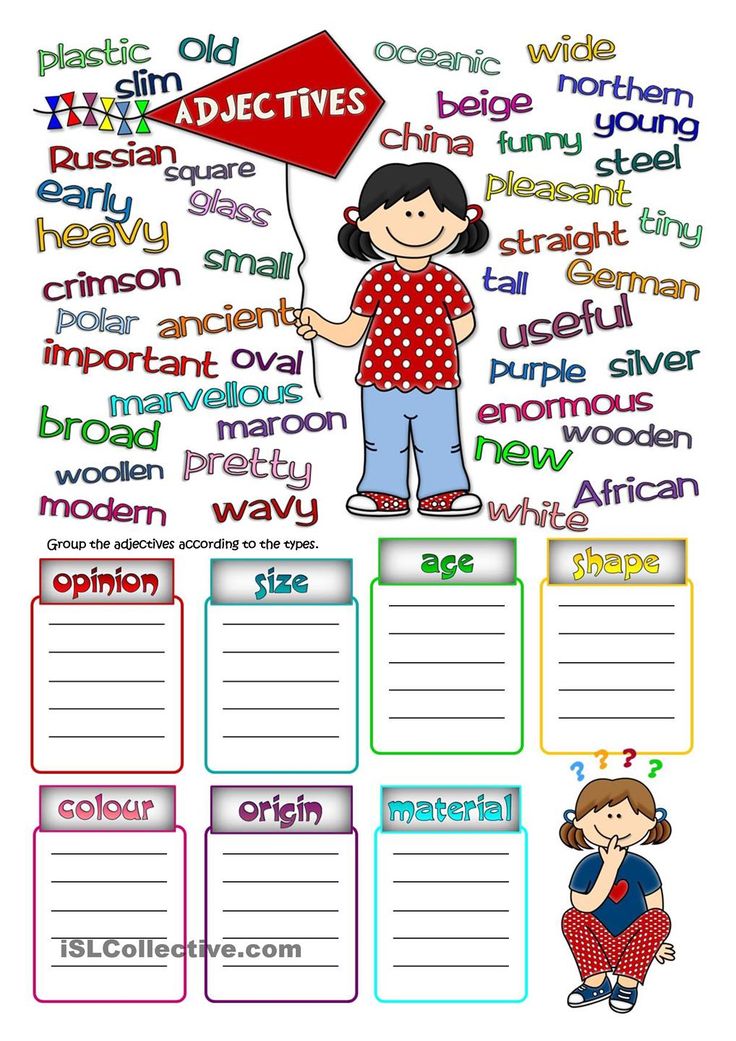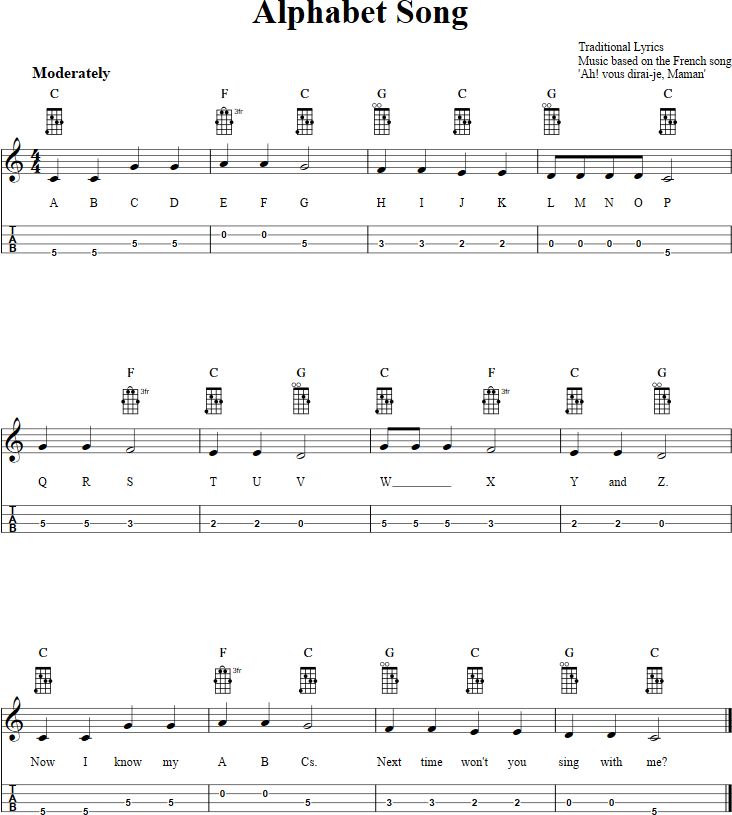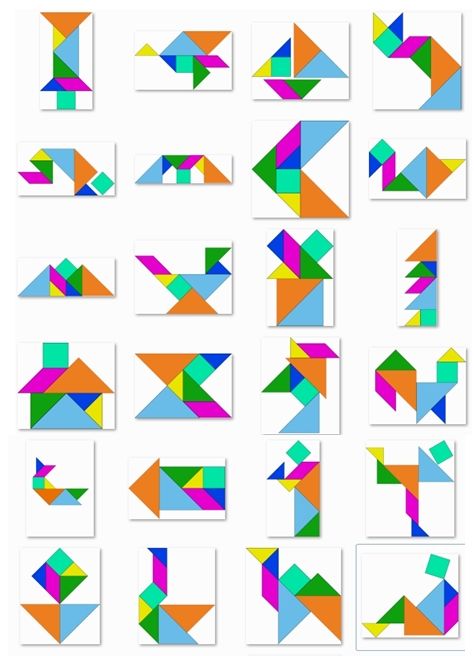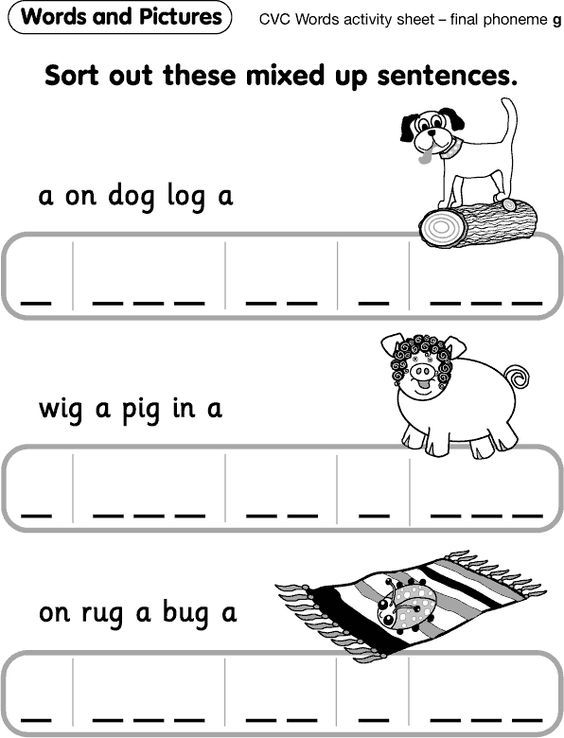Alphabet letters for children
Teach your Child the Alphabet Here!
Anyone who has kids or has taught them will tell you how difficult it can be to get them to focus on anything for extended periods of time, especially if it’s anything educational. That’s why we’ve came up with a couple of creative options you can try to coax kids into learning and hopefully remembering their ABC’s:
Select the Alphabet to see specific activities corresponding to that letter.
Letter A Activities Letter B Activities Letter C Activities Letter D Activities Letter E Activities
Letter F Activities Letter G Activities Letter H Activities Letter I Activities Letter J Activities
Letter K Activities Letter L Activities Letter M Activities Letter N Activities Letter O Activities
Letter P Activities Letter Q Activities Letter R Activities Letter S Activities Letter T Activities
Letter U Activities Letter V Activities Letter W Activities Letter X Activities Letter Y Activities
Letter Z Activities
Here are some other ways:
Drive Somewhere:
This one is fairly easy to pull off, especially if you drive your kids on the morning school run. All you have to do is point at things like billboards or licence plates and have your children work their way through the letters on it.
It’s an interesting way of learning and it has the added benefit of keeping your kids amused on those long haul journeys or when you’re stuck in traffic.
Alphabet Challenge:
This one can be a lot of fun if you do it right. What you need to do is call out a series of letters or show your children letters on a board for a few brief seconds then have them write a word associated with that letter.
So for example, you would say the letter ‘b’ and they would then have to write ‘ball’, ‘bee’ or if they’re trying to show off ‘byzantine’, although the latter would probably be a bit of a fluke.
Make Alphabet Snacks:
It’s common knowledge that kids love snacks, they will devour everything animal shaped or colorful that’s put in front of them like a pack of tiny piranhas.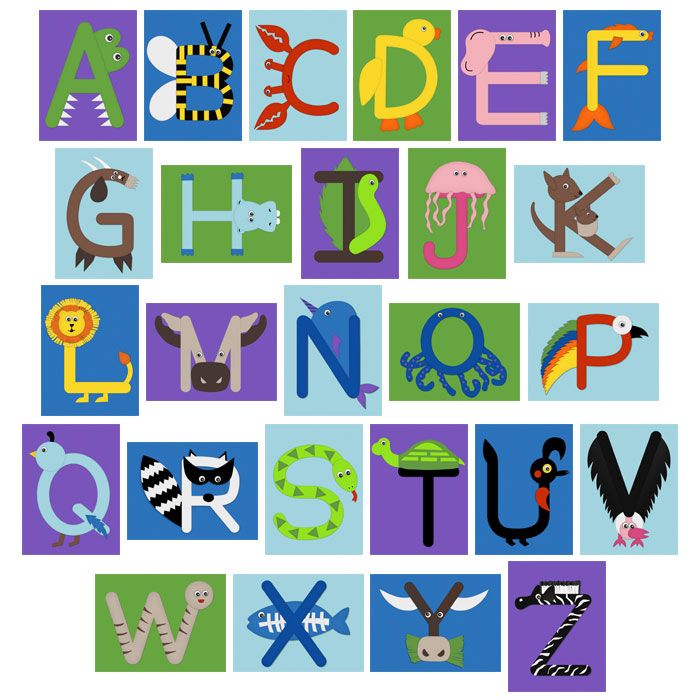 So what better way to funnel this hunger than by making them snacks based on the alphabet.
So what better way to funnel this hunger than by making them snacks based on the alphabet.
However, instead of turning them loose on the undefended cookies you could tell them to only eat one specific letter.
For example, they can only eat something that’s shaped like the letter ‘a’. That way they start to associate learning the alphabet with treats, which in turn helps to motivate them to learn more.
Sing-Along-Songs:
Sing-Along-Songs are perhaps your best weapon in the war against getting your kids to learn the alphabet. These catchy little tunes are always fun to sing with your children and they will always love a chance to sing a silly song.
If you really want it to stick you could do it every day to maximize the effects of the hypnotic melodies.
Alphabet Bingo:
This one is a ton of fun to play and set up; you can try wrangling your kids in to help you make the cards. For bonus parent points you could let them customize their cards, which will in turn help nurture their own creativity.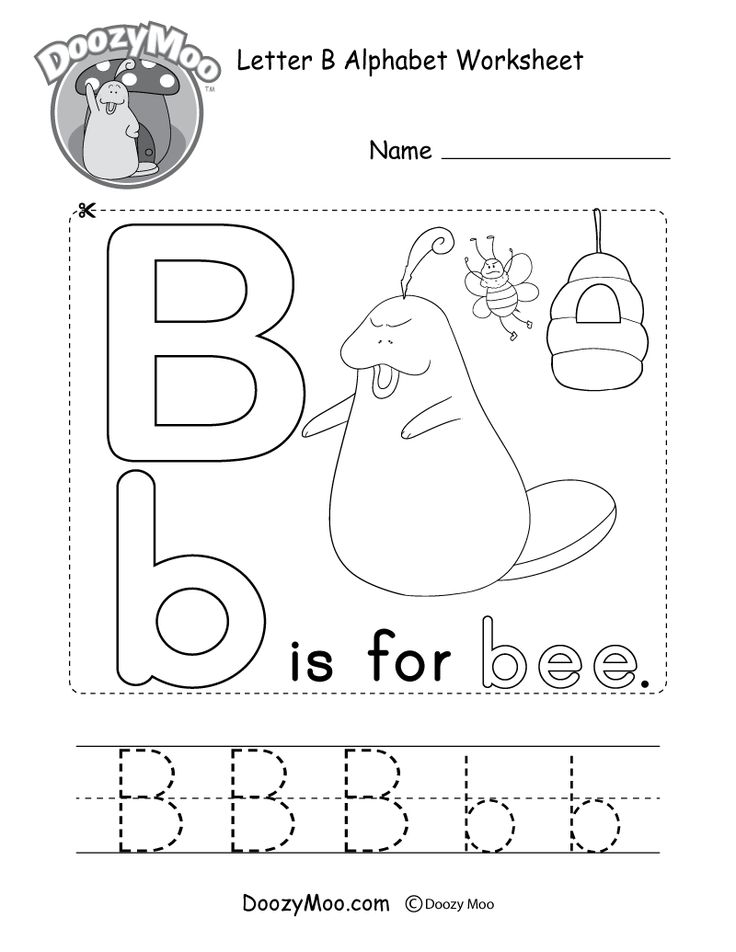
How it works is, you sit your kids down and they each have a card with a series of letters on it, you then sound out the letter as if you were a bingo caller and the kids tick off the appropriate squares on their card. The first child to fill in their card or make a horizontal or vertical line is the winner.
If you want to get really creative you could say words instead of letters and the kids can mark off the first letter of the word. Or if you want to help them with their spelling you could change it to the second, third or fourth letter, although you should make sure the letters you’re using will appear on the cards.
Alphabet Bag Game:
Last, but not least is the Alphabet Bag game. This activity is pretty straightforward to set up; you need a bag and an assortment of items.
Once you have your bag you then show the contents to the kids and ask them to pick an item beginning with a specific letter out of it without looking. If they get it right they win, simple as that.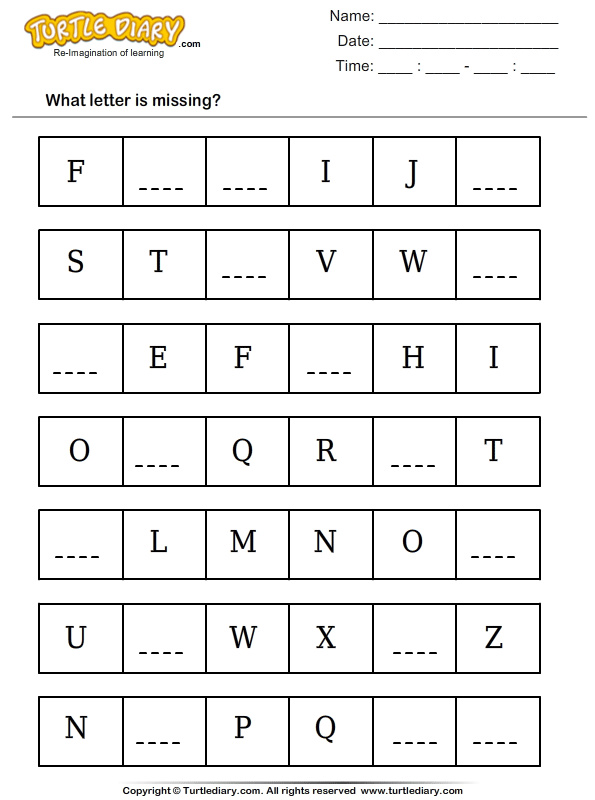
These are just a couple of creative ideas you can try to help your children learn the alphabet, each child will take to these various activities differently, it just depends on how fun you make it for them.
When you’re making your own game at home just remember that your main focus of the activity is to make it as fun as possible for your kids, otherwise they won’t show any interest in it at all.
Letter P Activities & Fun Ideas for Kids
You have come to the right place if you are looking for fun, engaging and exciting Letter A activities to do with toddlers, preschoolers and kindergartners. Our activities are widely used by teachers, moms, dads, child care providers etc. for learning and teaching while being fun for the kids!
All our activities are available at no cost and are free to print and share. Select below to get started.
Contents
- Letter P Arts and Crafts
- Letter P Games and Activities
- Letter P Recipes and Snacks
- Letter P Songs, Poems and Finger Plays
Easy Putty
Here is a recipe for putty that the kids really enjoy.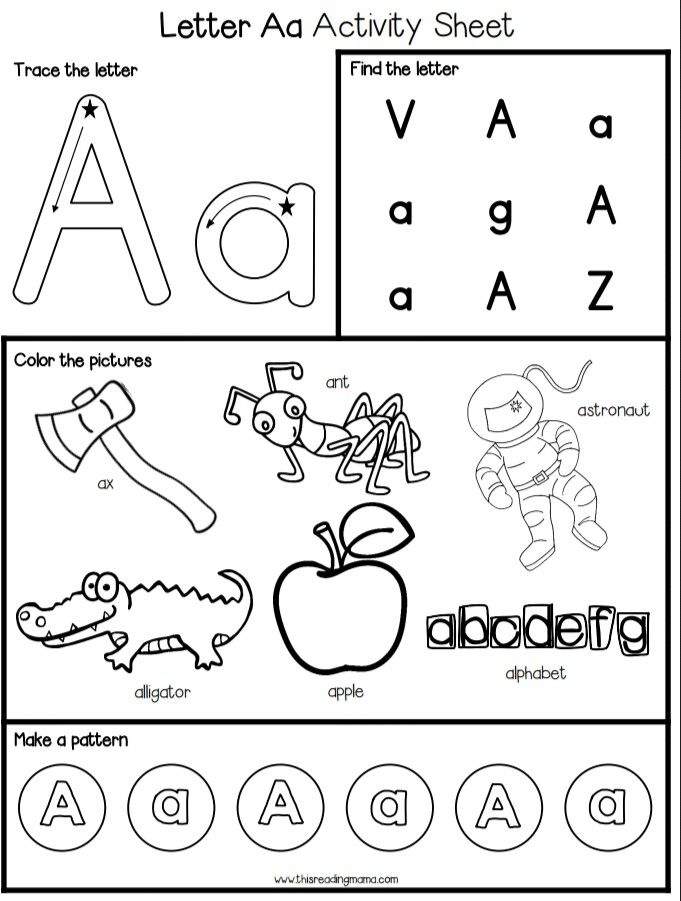 This putty is stretchy, rubbery and bounces like a ball and it picks up newspaper comics. Just like the store bought stuff!
This putty is stretchy, rubbery and bounces like a ball and it picks up newspaper comics. Just like the store bought stuff!
1 Tbs. liquid starch
Food coloring
2 Tbs. white glue
Plastic Easter Egg or Zip lock baggie
Mix white glue and food coloring together in a small bowl. Pour liquid starch into a second small bowl. Slowly pour the glue mixture on top of the liquid starch. Allow the concoction to stand for 5 minutes or until the glue absorbs the liquid starch.
Remove putty from bowl and knead (At first this mixture may look as if its a mistake, but it isn’t. The more you knead the putty, the better the consistency will be) Store the putty in a plastic Easter Egg or baggie. This makes enough for one child.
P is for puzzle
You can use this on a Christmas card, old greeting card or even photo. Remove the front of the card (the picture part) and attach a magnetic sheet to the back. You can laminate the front of the card if you want but it isn’t required.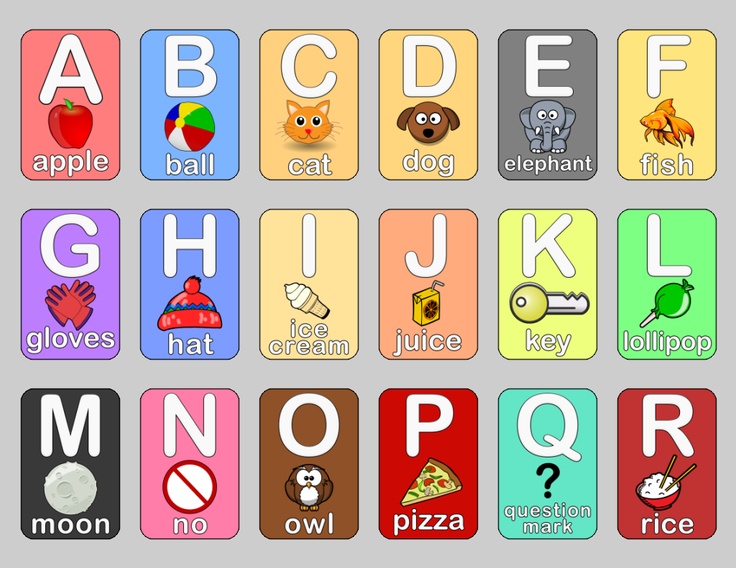 Cut the card in six to eight squares depending on the size of your card.
Cut the card in six to eight squares depending on the size of your card.
Place the card on your refrigerator and the kids can mix up all the pieces and then put them back in order to make the picture again.
Dried Peas on “P”
Materials:
1 “P” cut out of black paper, labeled
Dried green peas
Glue
Directions: Have children glue dried green peas to “P”.
Pumpkin prints
Take small pumpkins, cut them in half and remove the seeds. Dip the pumpkins in orange paint and make prints.Can also use potatoes cut in half, and designs carved out of the inside.
Popcorn
Lay out a white bed sheet and place a popcorn popper in the middle of the sheet with the top off (make sure children stay off the sheet as the popper is running) Watch as the popcorn shoots out of the popper and onto the sheet.
Painting
Paint with fingers, feet, brushes, etc.
Pinwheels
Mark an X from corner to corner on a square piece of paper.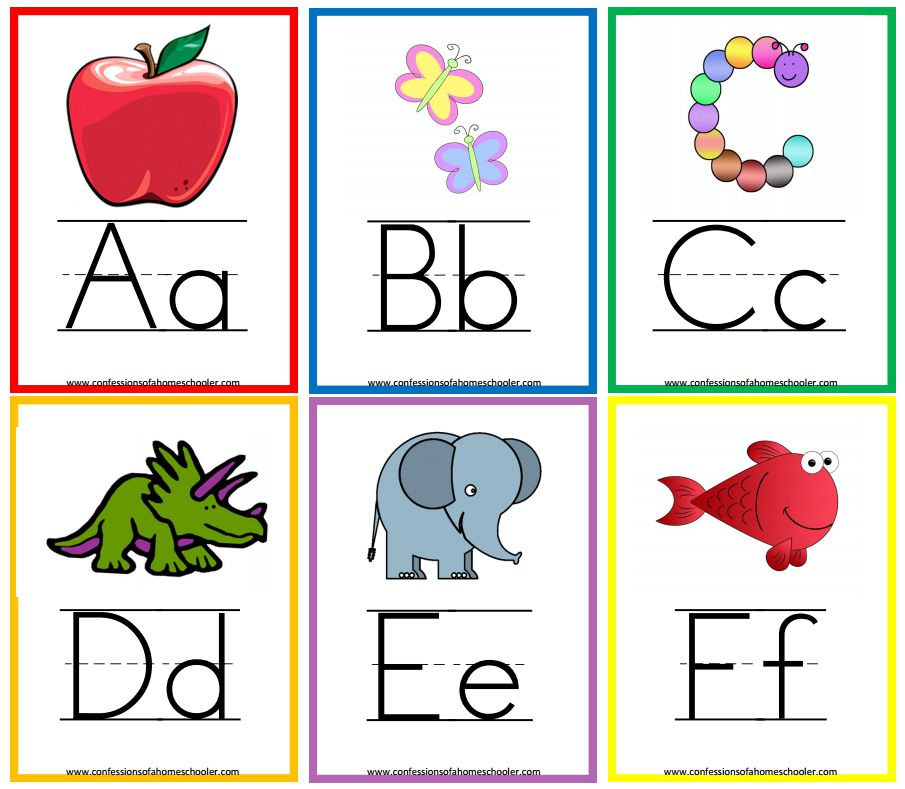 Cut on the lines almost to the center. Help children attach every other corner piece to the center. Fasten a pin through the center of the pinwheel into the eraser of an unsharpened pencil.
Cut on the lines almost to the center. Help children attach every other corner piece to the center. Fasten a pin through the center of the pinwheel into the eraser of an unsharpened pencil.
P’s Peas
Use dried peas for creating an interesting collage – look at dried peas, split peas, black-eyed peas, etc.
Purple and Pink
Provide paint in purples and pinks – talk about pale or pastel colors and provide them to paint with.
Letter P Project
Trace a big P and a little p on a piece of paper and make enough copies for all your children. Pop some popcorn and let the children glue popcorn to the letters. They can eat some and glue some.
Paper Plate Collage
Have the child print a P on a paper plate then look through magazines to find pictures that begin with P. Cut them out and glue them all around the P. This activity can be done with a “partner.”
Have a pajama party!
Everyone wear pajamas,slippers,robes,etc.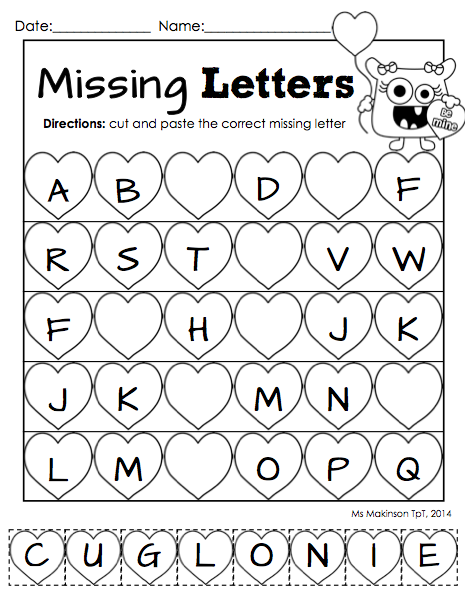 Have a laid-back day. Read lots of stories, lay around on sleeping bags and huge soft pillows. Eat letter P snacks: popcorn, pretzels, peanuts, popsicles, prunes, etc.
Have a laid-back day. Read lots of stories, lay around on sleeping bags and huge soft pillows. Eat letter P snacks: popcorn, pretzels, peanuts, popsicles, prunes, etc.
Patterns
Have Children observe various types of patterns, both visual and sound.
Pumpkin
Have children explore a pumpkin, outside and inside. Have them touch, smell, taste,and describe it.
Poison Awareness
Help children learn about dangers from household poisons.
P Explorations
Provide one of the following sets of objects for children to explore; paper, pens, people or pets. Have them describe the items.
Potato tasting
Prepare potatoes in various ways for children to taste. Then have each child vote for the positively perfect potato by placing a sticker in the appropriate column of a chart.
Platypus
Learn more about this unusual Australian marsupial that lives in the water, has a duck bill, webbed feet and fur.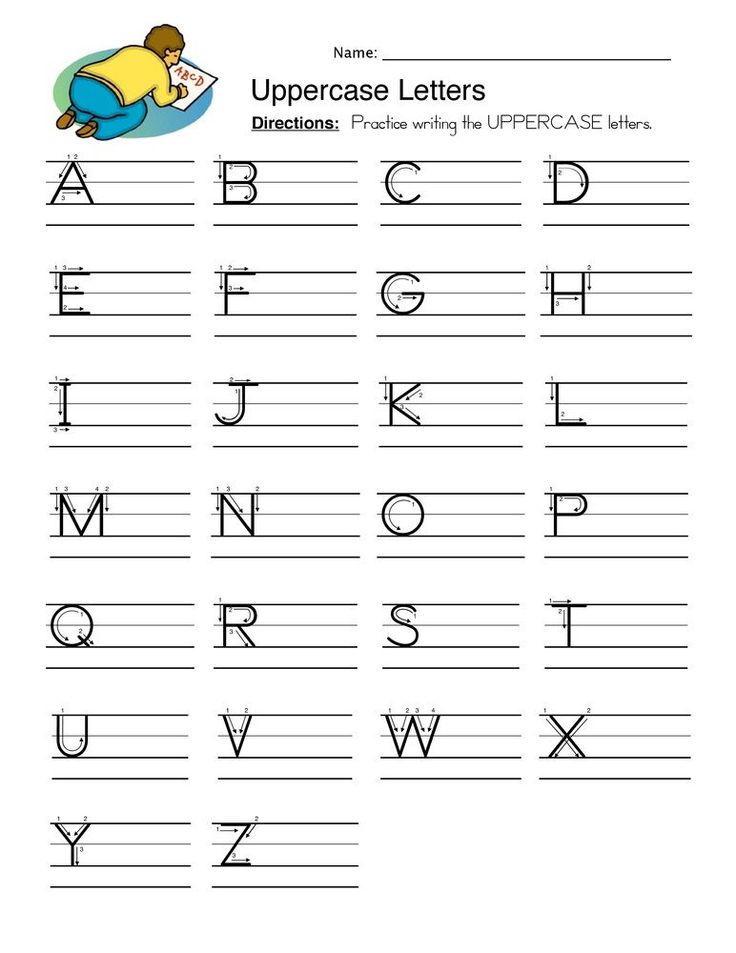
Other animals that start with P
Porcupine, polar bear, parrots, panthers, penguins, panda bears, pachyderms (elephants/ rhinoceros), palomino (horses)
Pogo
Have a pogo stick available for outdoor play.
Pirates
Have a pageant or parade perhaps of Pirates!
Palindromes
For older children explore palindromes – a word that reads the same backwards as forwards, e.g. rotator, madam, etc…
Parachutes
Play with commercially available parachutes, create parachutes from plastic bags for dolls etc.
Play peekaboo
Peel a pear
See who can make the longest strip of skin – give the children a plastic knife.
Pentathlon
Set up a pentathlon event in the playground – children must complete the five activities.
P Sounds
Talk with older children about how “ph” makes a f sound as in photography or pharmacy.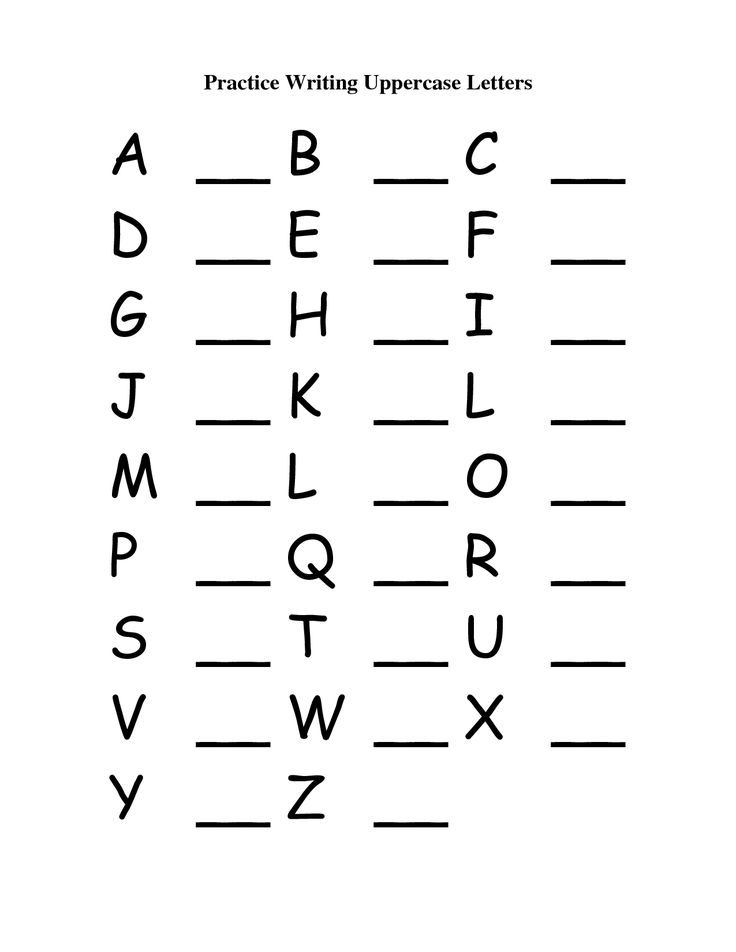
Piano
Play the piano and let the children have a turn at the keys.
Peanut Number Game
Set out 10 plastic containers numbered from 1 to 10 and a basket of peanuts. Let the children take turns placing the appropriate number of peanuts into each container.
Graph Pizza Toppings
Make a graph with a list of pizza toppings on the left side and blank spaces for tallying on the right. Conduct a survey of the children to find out which toppings they like. Have each child write his/her name on a sticky note. Tell the children they can only vote for their favorite topping.
Name a topping from the list and ask the children who like that topping stick their name next to the topping. Do the same thing for all the toppings and until all children have put their sticky note on the graph. Then ask the children to decide which topping is the most popular and which is the least popular.
Sensory Table
Place popcorn kernels, popped popcorn and different size funnels and strainers.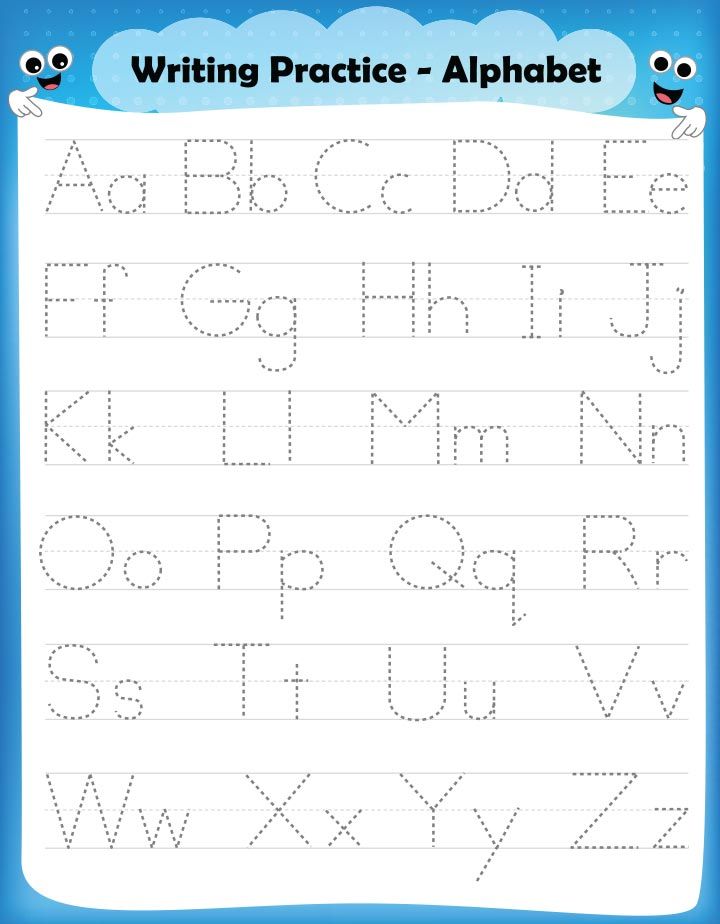
Dramatic Play Center
Set up a movie theater with seats, screen and a popcorn cups. Let children take turns being the usher, the popcorn vendor, the ticket taker, etc. Watch a short movie (if possible videos of themselves).
Purple popsicles
Pour purple colored juice into Dixie cups,when almost set insert stick.Or make the juice purple by mixing red and blue juice. Talk about mixing colors to get other colors.
P Snacks
Peanut butter
popcorn
pasta
pineapple
pizza
potato pancakes
regular pancakes
cheese pretzels
Mashed potato and pumpkin
Mash together cooked potato and pumpkin with a little milk and butter for a yummy side dish.
Pizza!
Make pizzas for lunch or snack using an English style muffin split in two, tomato sauce, pineapple, diced ham and cheese. Cook under a grill until cheese is melted.
Popcorn Squares
36 servings
8 cups popped popcorn
1 cup peanuts
1 cup M & M’s
1 cup gumdrops
1 cup butter
1 (16-ounce) package marshmallows
Combine popcorn, peanuts and candies in bowl; mix well.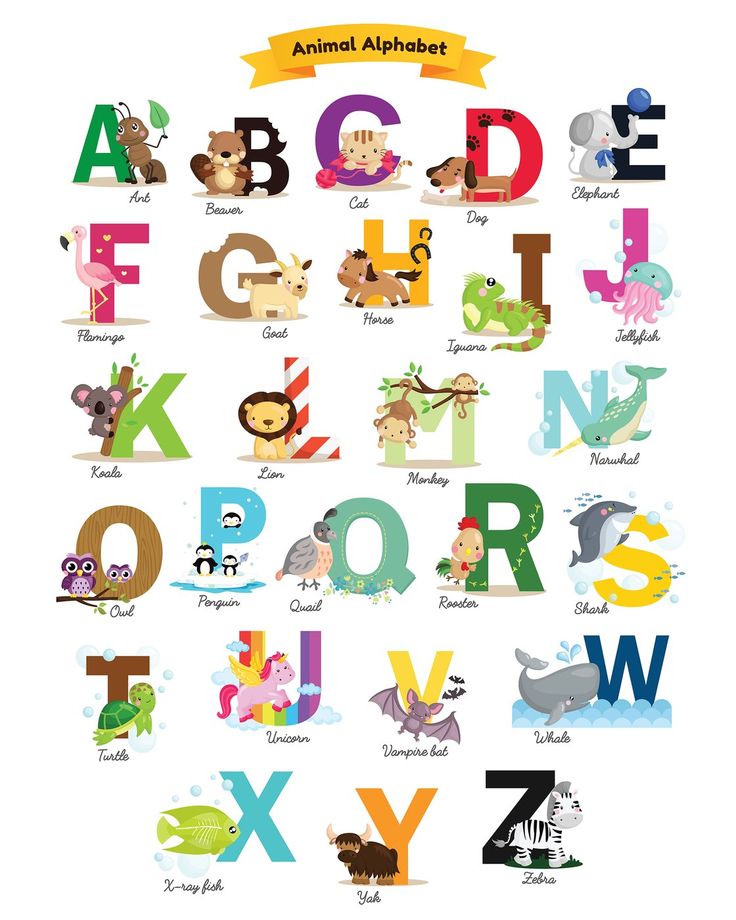 Heat butter and marshmallows in saucepan over low heat, stirring constantly until blended. Pour over popcorn mixture, tossing to coat. Spread in 9×13 inch dish. Chill for several hours. Cut into squares.
Heat butter and marshmallows in saucepan over low heat, stirring constantly until blended. Pour over popcorn mixture, tossing to coat. Spread in 9×13 inch dish. Chill for several hours. Cut into squares.
Party Popcorn
20 to 25 servings
1/4 cup margarine
1 (10-ounce) package marshmallows
1/2 cup peanut butter
10 cups popped popcorn
1/2 cup sunflower seeds
1 cup chopped pecans
Melt margarine in saucepan. Add marshmallows and peanut butter. Cook until smooth, stirring constantly. Remove from heat. Combine with popcorn, sunflower seeds and pecans in large bowl: mix well. Shape into balls; place in paper liners.
Sugar-and-Spice Apple Corn
16 servings
4 quarts warm unsalted popped popcorn
1 cup unsalted walnuts
1/2 cup chopped dried apples
1/2 cup melted margarine
1/2 cup packed brown sugar
1 Tsp apple pie spice
Combine popcorn, walnuts and dried apples in bowl; mix well. Combine margarine, brown sugar and pie spice in saucepan; mix well.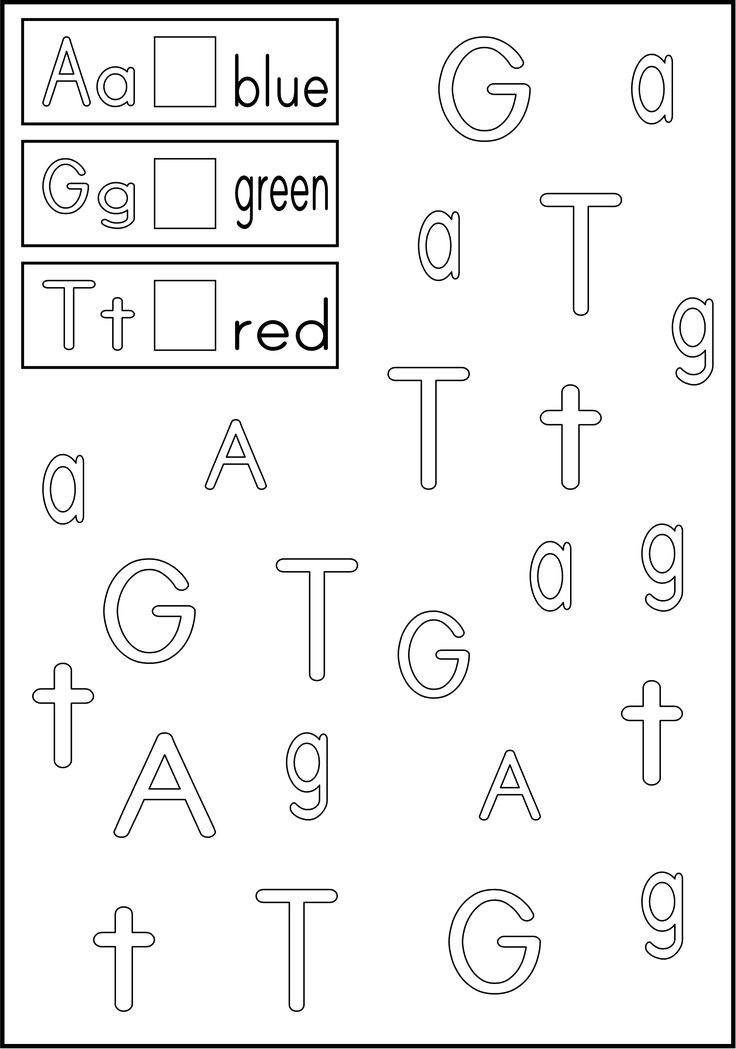 Cook until bubbly, stirring constantly. Pour over popcorn mixture, tossing to coat. Serve warm or at room temperature. Store in airtight container.
Cook until bubbly, stirring constantly. Pour over popcorn mixture, tossing to coat. Serve warm or at room temperature. Store in airtight container.
The P Song
(Sung to: B-I-N-G-O)
I know a word that starts with P,
And pizza is its name.
P-I-Z-Z-A P-I-Z-Z-A P-I-Z-Z-A
And pizza is its name.
Other words to spell:
P-U-P-P-Y
P-E-N-N-Y
P-A-P-E-R
P-A-I-N-T
I Like Pizza
(Sung to: Skip To My Lou)
I like pizza, yes, I do.
I like pizza, yes, I do.
I like pizza, yes, I do.
And my tummy likes it, too.
Peter Piper
(A Tongue Twister)
Peter Piper picked a peck of pickled peppers.
A peck of pickled peppers Peter Piper picked.
If Peter Piper picked a peck of pickled peppers
Where’s the peck of pickled peppers Peter Piper picked.
The Pig
(Tune: Camp town Races)
The pig rolls in the mud all day.
Oink-oink, oink-oink.
That is what he likes to say,
Oink-oink-oink-oink-oink.
Curly tail that grows,
Pudgy little nose.
Mud is where he likes to be,
And it really shows.
A Peanut Sat on a Railroad Track
Tune: Pop! Goes The Weasel
A peanut sat on a railroad track,
Its heart was all aflutter.
A train came chugging down the track-
Toot! Toot! Peanut Butter!
I Wish I Were A Pepperoni Pizza
(Tune: The Oscar Meyer Theme Song)
Oh, I wish I were a pepperoni pizza,
That is what I’d truly like to be.
For if I were a pepperoni pizza,
Everyone would be in love with me!
Peanut Butter
(Tune: Frere Jacques)
Peanut butter, peanut butter,
Good for you, fun to chew.
Spread it on a sandwich,
Spread it on a cracker.
Good for you, fun to chew!
Dear Reader: You can help us make this theme even better!
All of our theme ideas have come from our imagination and from reader submissions.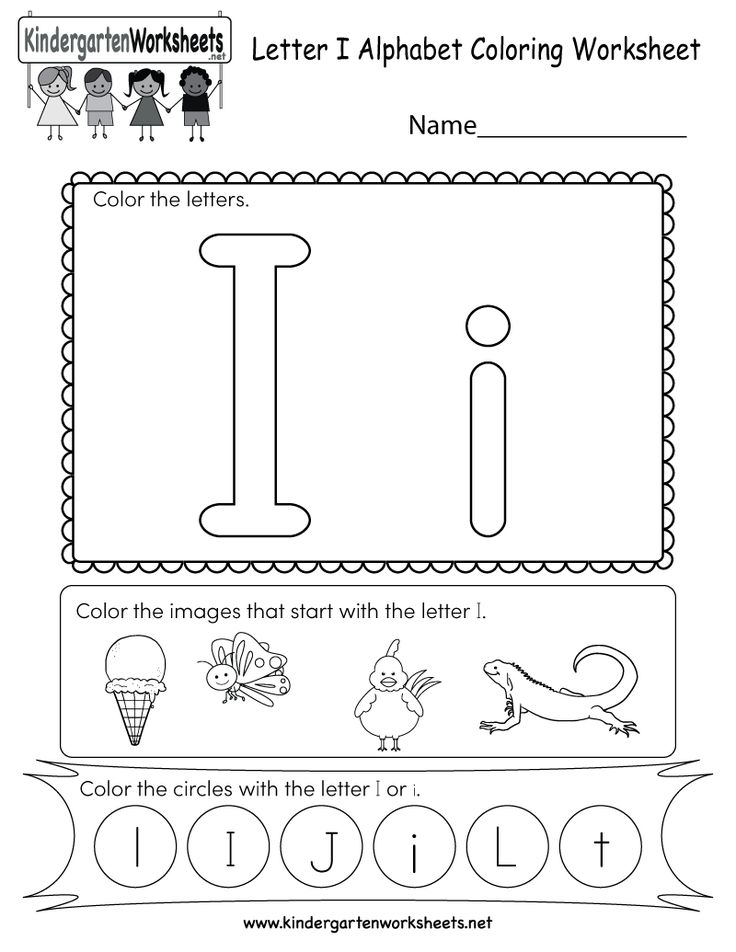 Please use this form to contact us if you have crafts, activities, games, recipes, songs or poems that you would like us to add to this theme.
Please use this form to contact us if you have crafts, activities, games, recipes, songs or poems that you would like us to add to this theme.
Spread the love
Russian alphabet for children. Learning letters in order
Here you will find the Russian alphabet for children from "A" to "Z" in pictures with tasks for each letter. Colorful pictures and funny letters will not leave your child indifferent! In each task, the child will be asked, of all the pictures that are on the page with the letter being studied, to circle only those whose names begin with this letter. The tasks are more suitable for children who have already practically learned the alphabet and have an idea of which letter in a word is capitalized.
Before you start learning the alphabet, try to clearly explain to your child the difference between a letter and a sound, as well as their relationship with each other, so as not to create confusion in the baby's head. To facilitate the task, make a transcription of several words and clearly show the child how these words can be painted with sounds.
To facilitate the task, make a transcription of several words and clearly show the child how these words can be painted with sounds.
Before you start learning the Russian alphabet for children and complete our tasks, in which all letters are studied in order from "A to Z", you need to conduct a transcription lesson with your child. Using the example of transcription, it will be easier for the baby to understand why there are more sounds in the alphabet than letters, because the child will see that in some cases, one letter can mean not one, but two sounds. The kid should also know that the soft sign serves to soften the consonants, the hard sign makes the sound hard, but these letters themselves cannot transmit sound.
It is best to start learning the Russian alphabet with vowels, and the sequence does not matter here. You should not try to cover all the vowels at once, it will be very difficult for the baby, start by learning 3-4 letters. Classes should not be long, it is better to conduct them more often, at least 5-6 times a day.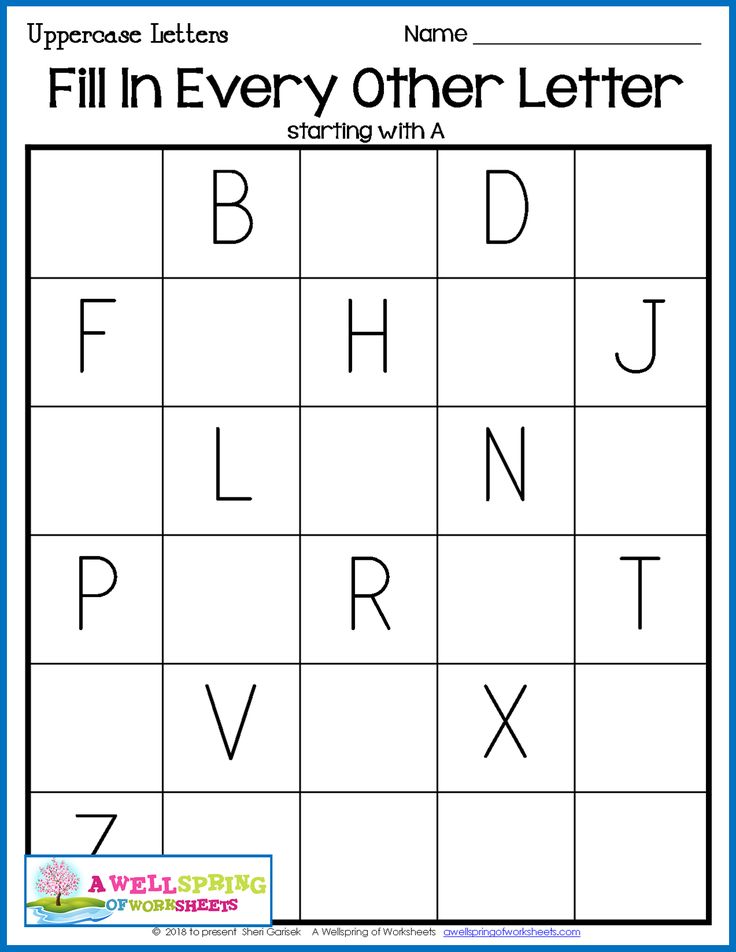 Start learning the next letters no earlier than 3 days later, making sure that the baby has firmly remembered the previous letters.
Start learning the next letters no earlier than 3 days later, making sure that the baby has firmly remembered the previous letters.
After the child has learned all the vowels, offer him to complete tasks with these letters, which you can download in the attachments at the bottom of the page of this material. Put all the tasks with vowels on the table in front of the baby and ask him to name which letters he is familiar with. When you make sure that all the letters are named by the child correctly, read the condition of the first task to him and ask him to complete it, then the next one, and so on.
Russian alphabet in order - Find pictures for each letter
Here you can view and download all the pictures with tasks in which the Russian alphabet is presented in order. In the process of studying the Russian alphabet, it is necessary to explain to children with examples that very often in Russian we pronounce one sound in a word, but in writing it is a completely different letter, for example: we hear "abezyan" and write "monkey", "karova "- "cow" and so on.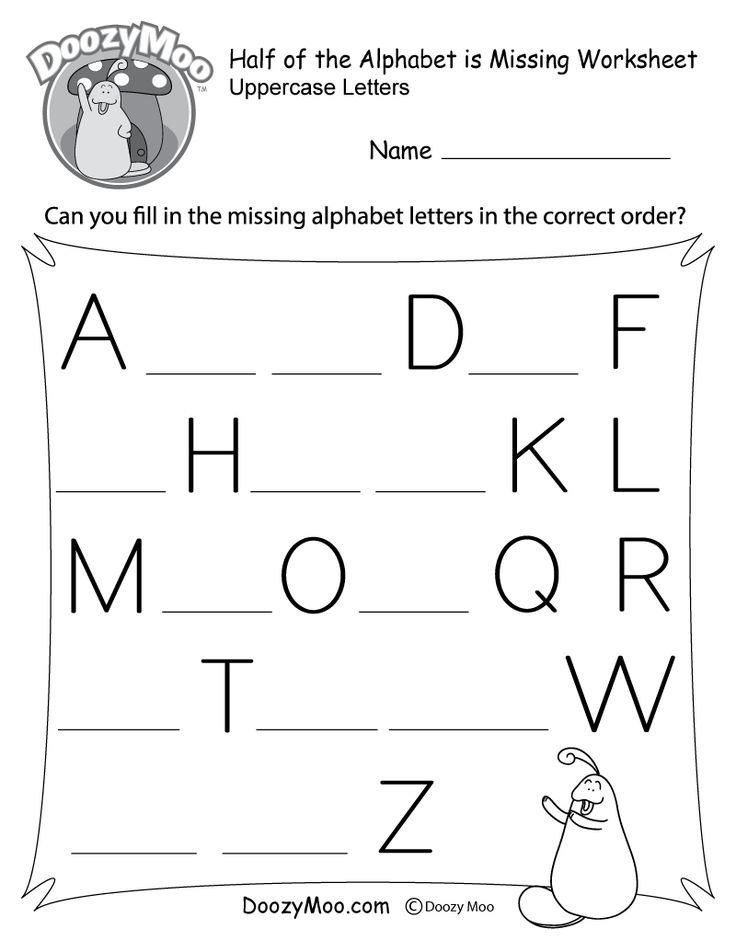
If all tasks with vowels are completed, and you are convinced that the child has mastered the material well, start studying consonants. Just before that, I would like to note the following: now you should introduce the baby not to the name of the letter, but to its sound, it is very important that parents understand this and do not make mistakes that will then be difficult to correct.
Let's explain why: in the future, when you start teaching your baby to read by syllables, it will be very difficult for you to teach your child to connect syllables, because a baby who has learned the names of the letters "EN", "EM", "KA" will be confused - why combining the letter "EM" and "A", the syllable "MA" is obtained, not "EMA" ... Therefore, during classes it is necessary to use only sounds: if it is the letter "EN" - use the sound "N", if the letter "DE " - the sound "D" and so on.
You can download the Russian alphabet for children with letters in order from A to Z in the attachments at the bottom of page
After the child has learned all the consonants, start doing the tasks!
Letters A and B in the Russian alphabet
Help the little mermaid Ariel find objects - words that begin with the letter A, circle them.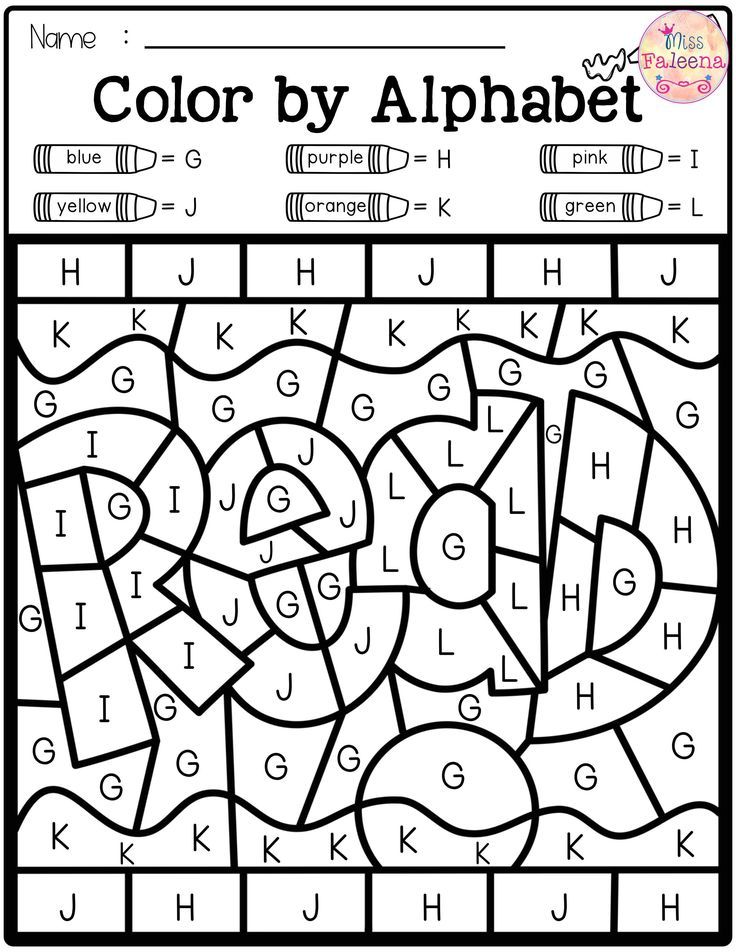 Words: window, glasses, cucumber, pineapple, orange, shark, monkey, nuts, octopus, watermelon. Help the kitten to find among the pictures the words with the letter B, circle them in a box. Words: bees, butterfly, gift, drum, briefcase, alarm clock, squirrel, bow, bananas.
Words: window, glasses, cucumber, pineapple, orange, shark, monkey, nuts, octopus, watermelon. Help the kitten to find among the pictures the words with the letter B, circle them in a box. Words: bees, butterfly, gift, drum, briefcase, alarm clock, squirrel, bow, bananas.
Letters C and D
Help the wolf find pictures that represent words starting with the letter C, circle them in a triangle. Words: wolf, pyramid, sparrow, train, camel, grapes, lamp, bicycle. Also help the dwarf find words that start with the letter G and circle them. Words: gnome, pear, dove, mushroom, eyes, owl, guitar, harmonica.
Letters D and E
Help the girl find words that start with the letter D, circle them: tree, tiger, house, cake, phone, blackboard, dragon, girl. Help the puppy find pictures that start with the letter E: puppy, raccoon, dolphin, seahorse, blackberry, Emelya, spinning top.
The letters Y and Zh
In this task with the Russian alphabet for children, you need to help chipmunk Dale find among the pictures the words with the letter Y: honey, airplane, Leopold the cat, brush, Christmas tree, hedgehog, ice.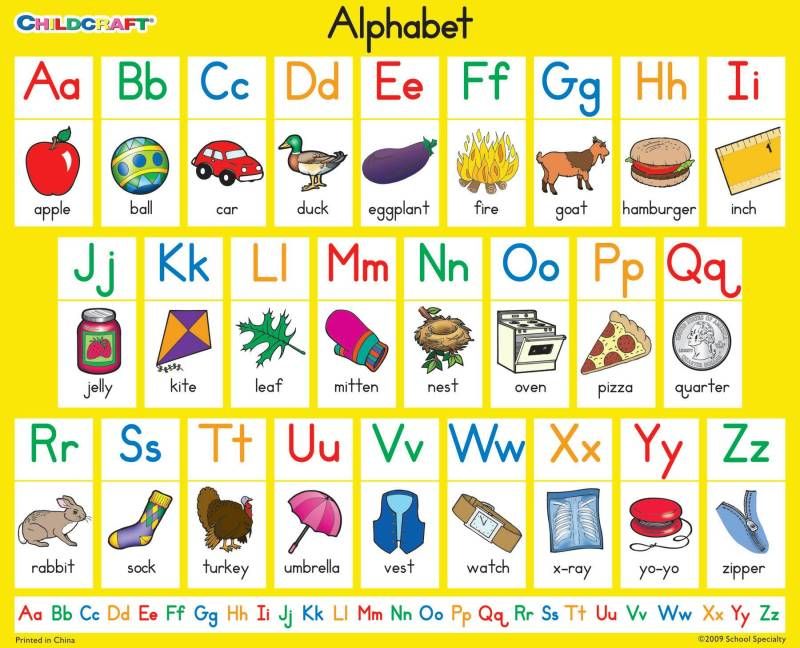 Help Dasha the traveler find pictures starting with the letter J. Words: hat, ball, beetle, toad, bumps, giraffe, pearl, acorn.
Help Dasha the traveler find pictures starting with the letter J. Words: hat, ball, beetle, toad, bumps, giraffe, pearl, acorn.
Letters Z and I of the Russian alphabet
Help the bunny find objects starting with the letter Z among the pictures: hare, zebra, sun, snake, umbrella, elephant, castle, sugar, candle, star. Help the heroine of the cartoon to find words starting with the letter I. Words: girl, hut, fishing rod, needle, toys, turkey, figs.
Letters Y and K
Help the cricket find the words starting with the letter Y among the pictures: cricket, raccoon, spruce, hedgehog, chocolate, yogurt, iodine. And also help to find objects - words starting with the letter K: hippopotamus, cat, crocodile, bread, books, pencils, mole.
The letters L and M in Russian
Help the lion cub find words for objects that begin with the letter L: lion, moon, fox, lemon, plum, frog, oar, bow, ladder. Help the bear find pictures with words starting with the letter M: plasticine, thread, little Muk, hammer, ant, mouse, carrot, bear.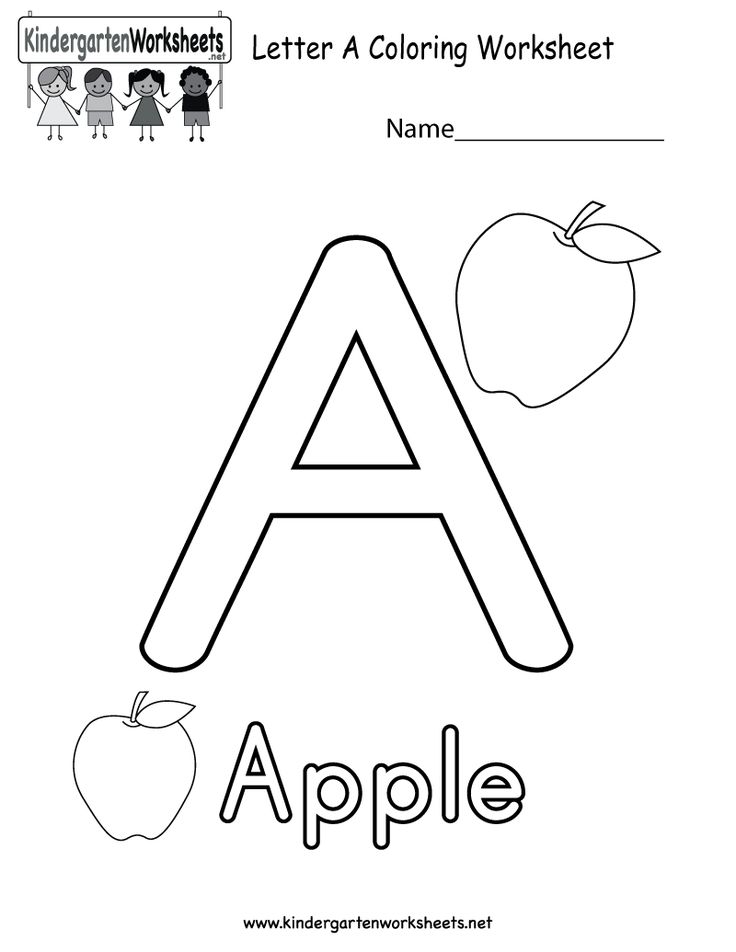
Letters N and O
We continue to learn the Russian alphabet for children. Help the boy find words that start with the letter H, cross out the rest. Words: rhinoceros, notes, scissors, threads, magnet, barbell, knife. Also, children should help the monkey find pictures starting with the letter O, underline them with a line. Words: monkey, glasses, cucumbers, tomato, cow, dandelions, donkey.
Letters П and Р
Children need to help the hippopotamus find word objects that begin with the letter П: hippopotamus, steamboat, pepper, birds, deer, mittens, spider, gift, piglets. In the second picture, help the little fox find the words starting with the letter P: robot, shell, rainbow, pen, fish, mermaid, ghost, armchair, rose.
Letters C and T in Russian
Help the owlet find words that begin with the letter C: owl, birdhouse, compass, balalaika, elephant, pacifier, candles, violin, chair, matches, plum. Help the bunny find words starting with the letter T among the pictures: a notebook, a dolphin, a trolley bus, tiger cubs, a telephone, a thermometer, a tractor, a cake, an ax, a beetle.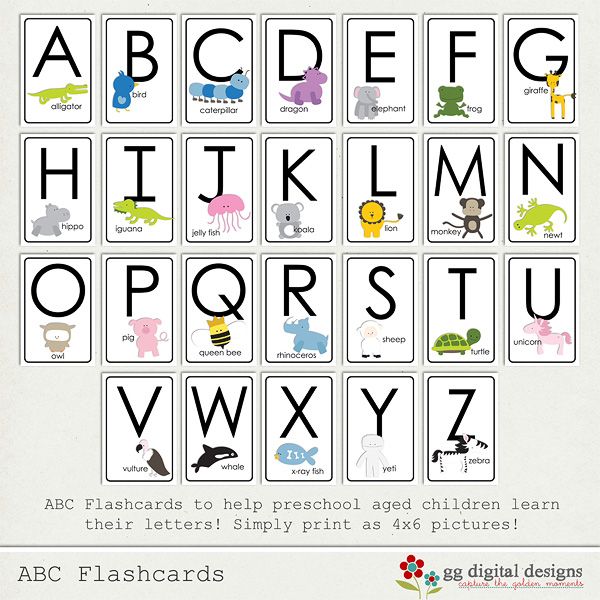
The letters U and F
Help Snow White find all the words in the picture that start with the letter U: cube, pointers, duckling, iron, fishing rod, spinning top, snail, caterpillar. In the second picture, you need to help Pinocchio find pictures starting with the letter F. Among them: a lantern, a T-shirt, a camera, watercolor, a flag, an apron, a lantern, a cherry.
Letters X and C - Russian alphabet for children
In the first picture, the child needs to find all the objects that begin with the letter X. Words: pencil, persimmon, refrigerator, bells, clown, hamster, chameleon. And also help the lion cub Simba find words starting with the letter C among these pictures: salute, candle, saddle, chickens, table, king, flowers, chain.
Letters H and W
We need to help Cheburashka find all the words starting with the letter H among these pictures: compass, suitcase, garlic, brush, kettle, turtle, cups. In the second picture, the children should help Sharik from Prostokvashino find words that begin with the letter Sh.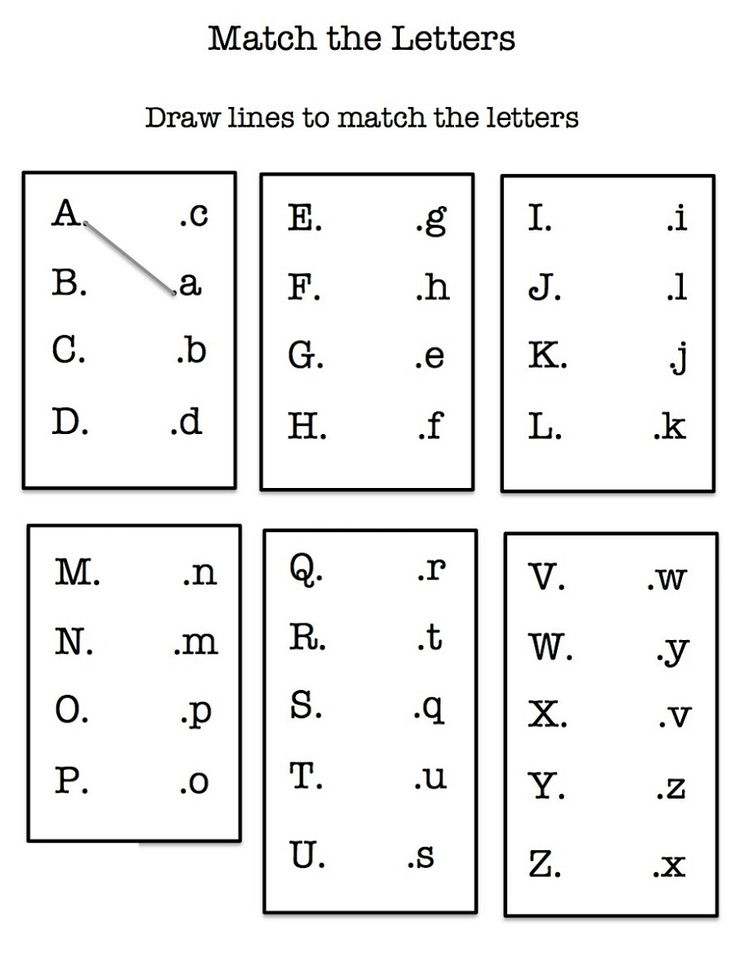 Pictures for searching: Balls, ball, hat, cones, globe, wardrobe, barbell, chess, scarf, cap.
Pictures for searching: Balls, ball, hat, cones, globe, wardrobe, barbell, chess, scarf, cap.
Letters Щ and Ъ
In the first task, you need to help the gnome find words starting with the letter Щ among the pictures: brush, shield, puppy, clock, ball, pike, garlic.
Second task: Do you know that there are no words starting with the letter Ъ - a solid sign? It also does not appear at the end of words. The hedgehog found a few words where this letter occurs in the middle (entrance, hug, ruffle, detour, volume, flaw, eat, explain, announcement, injection. What words do you know?
The letters Y and L
Do you know that there are no words that begin with the letter Y? You will meet them only in the middle of a word. Help the squirrel to find objects with the letter Y in their names. Words: flowers, book, cheese, bones, skis, mouse, chicken, soap. There are also no words that begin with the letter b. Help Dasha the traveler find pictures that have this letter in their name: skates, rings, hero (or Ilya Muromets), ant, frog, oranges, deer.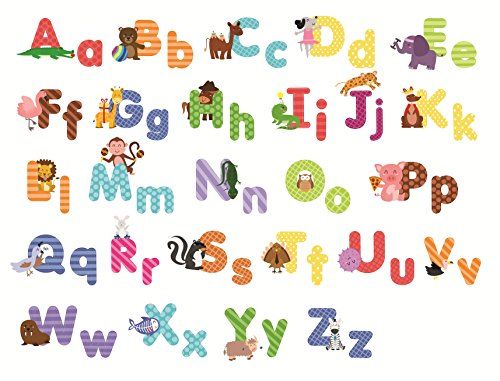
Letters E and Yu
In the first picture, children have to help the mouse find the words starting with the letter E among such pictures: hedgehog, raccoon, excavator, elf, popsicle. In the second picture, you need to help the students find everything that starts with the letter U and underline the pictures found. Words: cabin boy, iron, whirlpool, duckling, skirt.
The letter Ya in the Russian alphabet
Help the bunny to find the only one out of all the pictures that does not contain the letter Ya - cross it out. Words: monkey, frog, snake, cherry, lizard, ball, eggs, candle, apple.
You can also supplement learning to read with other materials on our site:
Compose a word from given letters - Tasks in pictures
If your child has already learned the entire alphabet and is interested in reading - do not waste time in vain - download our unusual and exciting tasks in which you need to make a word from given letters.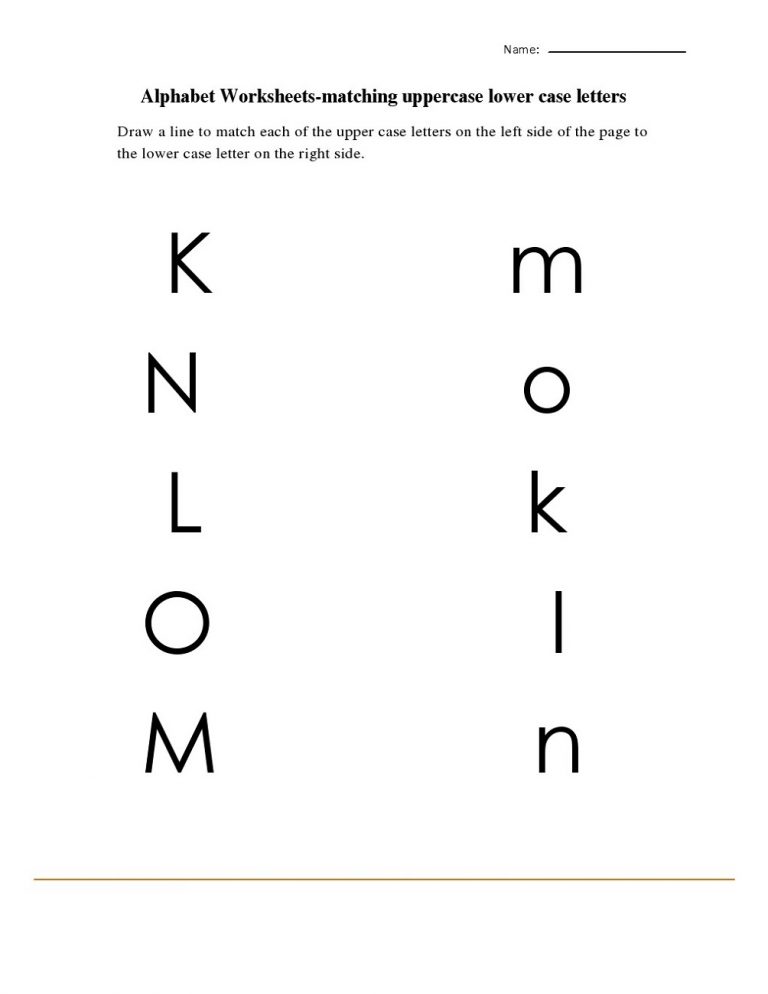
Find a word by spelling - Picture tasks for children
In this material you will find 3 tasks in pictures for download, in each of which you need to find a word by letter. The tasks are suitable for children from 5 years old.
Texts with pictures instead of words for children
In this section you will find texts with pictures instead of words for children on reading, which can be downloaded as attachments at the bottom of the page for free and without using file sharing.
Reading by syllables - Zaitsev Method
In this section you will find reading by syllables - Zaitsev's technique - in the form of picture cards for printing.
Singular and Plural Nouns - Picture Worksheets
Here you will find printable worksheets for singular and plural nouns in pictures.
Copybooks for children - Assignments in pictures for learning to write
Here you can download and then print exciting copybooks for children with tasks and pictures.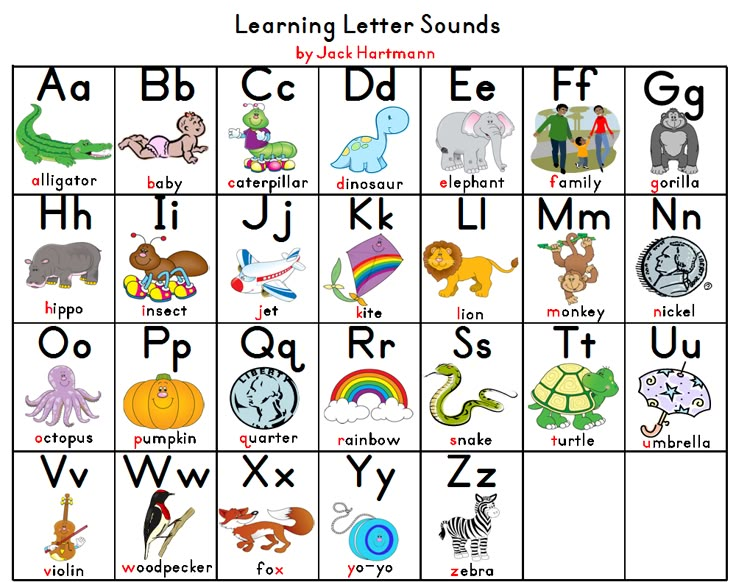
Crosswords for children online - From 6 to 14 years
In this section you will find exciting crosswords for children online that children from 6 to 14 years old can solve.
Crosswords - Print for children in pictures
5 easy and quick ways to learn the alphabet with a child 3-6 years old - Somersault
Before you teach your child the alphabet, it is important to understand what you will not be doing. Namely, learning to read. This is a more complex skill, so it is worth putting it off until the time when the child gets acquainted with all the letters and will confidently recognize them and write on their own. Until then, put off the alphabet and reading by syllables.
In this article, we have put together the basic principles to quickly learn the Russian alphabet with a 3-6 year old child in a playful way. For all games with letters, you can use plasticine, paints and any improvised means or magnetic letters TUMBLING - they will easily attract the attention of the child.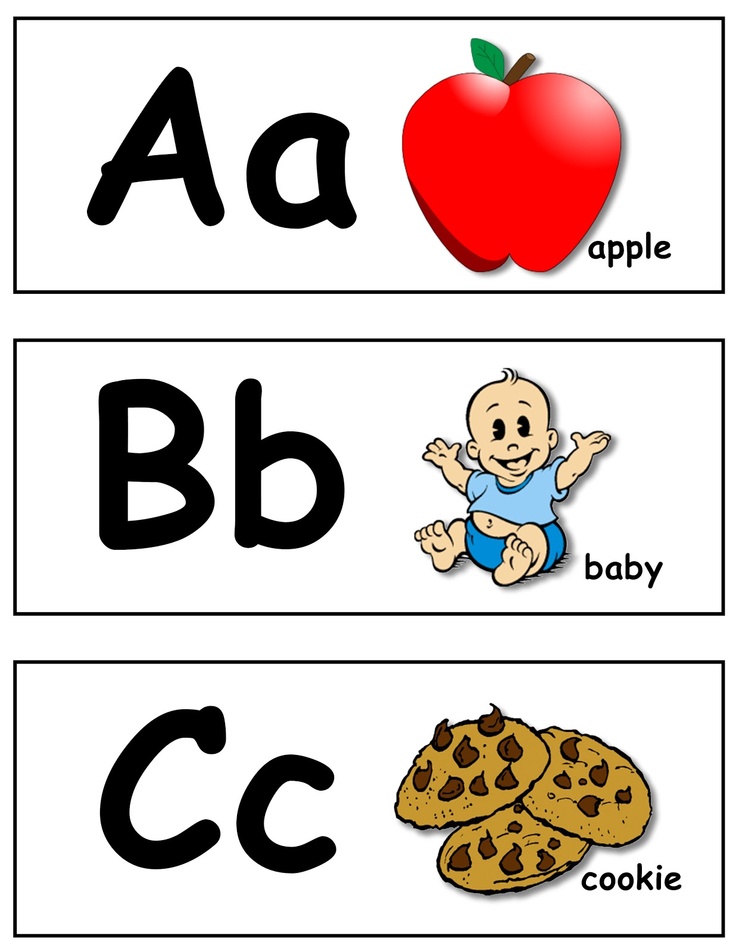
Contents:
- Learning the Alphabet Easily: Basic Principles
- 5 ways to learn the alphabet with your child
- From alphabet to reading
How to Learn the Alphabet Easily: Basic Principles
Each child can find an easy way to learn the alphabet that suits them best, but there are basic principles that are important for all children. If you do not follow them, study will turn into drill and the child is unlikely to ever love to read. Here are a few such principles on how to properly learn the alphabet for a child.
- Learn sounds first, not letters . At the first stage of learning, it does not matter how the letters in the alphabet are called correctly. Now only sounds are important for the child - "d", and not the letter "De". The names of the letters will only confuse the child, who first needs to learn to recognize the shape of the letters and their sound.
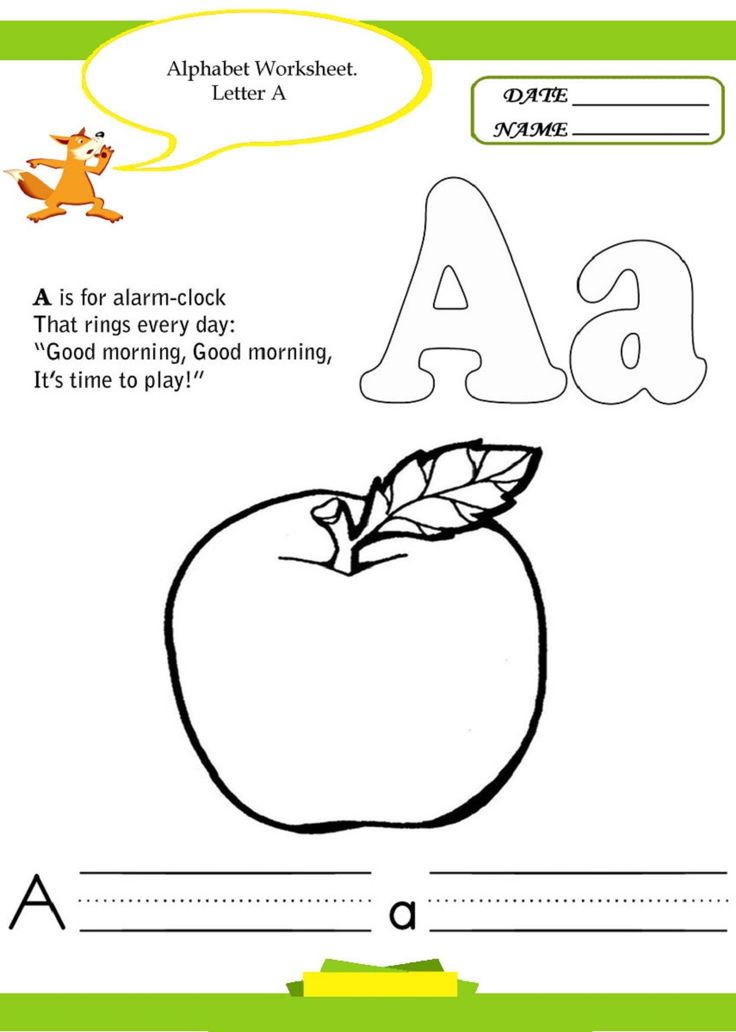
- Not learning the alphabet in the correct order . Until a child goes to school, it is of no use to him to know how the letters are arranged in the alphabet. This information will only distract him from what is really important: how the letters look and sound. The sequence of the alphabet can be learned later or even at school, where this knowledge will be tested by the teacher.
- Do not turn learning into a lesson . Learning from call to call is difficult even for children at school, let alone a baby. Therefore, all learning should take place in a playful way and not for long: 5-7 minutes a day to get acquainted with the letters will be enough. Gradually, this time can be increased, especially if the child likes the proposed games with letters.
- Use material objects . At the age of 3-6 years, the child learns the world by touch and taste. It is difficult for him to work with abstract letters spoken aloud.
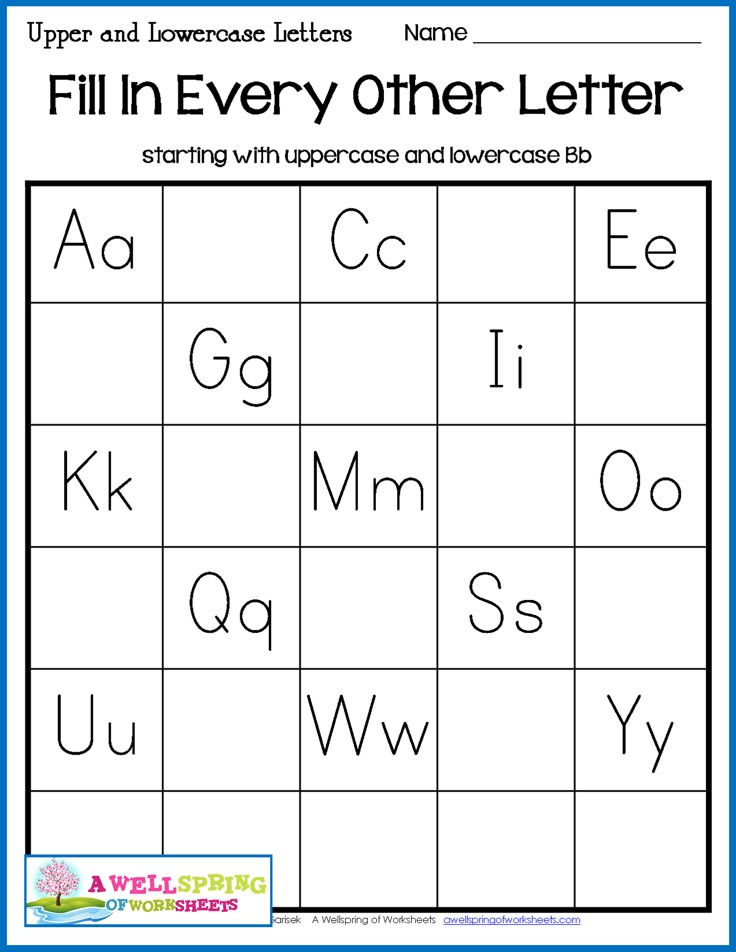 Therefore, it is better to stock up on plasticine and paints and create letters that are more understandable to the child and can be touched. Such a game for children will allow the child to learn the letters of the alphabet and he will recognize them in different forms regardless of what they are made of.
Therefore, it is better to stock up on plasticine and paints and create letters that are more understandable to the child and can be touched. Such a game for children will allow the child to learn the letters of the alphabet and he will recognize them in different forms regardless of what they are made of. - First vowels, then consonants . Vowel sounds are easier to pronounce, so it's worth starting with them.
The main thing is not to force anyone. If you see that the child is inquisitive, enjoys exploring the world and is ready to learn, you can move on to learning letters and the alphabet. So the child will be happy to learn the alphabet in a playful way and gradually learn to read. So that the game is not abstract, you can use the magnetic letters TUMBLING.
5 ways to learn the alphabet with your child
1. Use an interesting topic to study
Use your child's interest to spur his motivation to learn.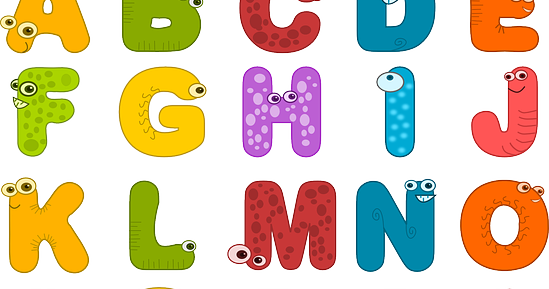 For example, if your kid is crazy about cars, let them be the topic in which you learn the alphabet. Use any words related to cars:
For example, if your kid is crazy about cars, let them be the topic in which you learn the alphabet. Use any words related to cars:
"A" - bus
"B" - trunk
"C" - driver, etc.
You can show cars and their parts, draw or sculpt from plasticine. It is important that the child's focus shifts from learning to doing what they love. Additionally, the method will help expand vocabulary and knowledge about the world.
2. Cross out a letter of the alphabet in the list
Fill in a small square with arbitrary letters. The task is to cross out only the letter that you are studying. This will help the child focus on one letter and not get distracted by the ones he doesn't remember or don't know.
3. Take the letters of the alphabet out of the pouch
The soft-touch magnetic letters are perfect for this method. Put the letters in a bag and give the child the task, without looking, to pull out only the letter that you thought of. Let there not be too many letters in the bag, otherwise the child will get confused. 6-7 pieces will be enough. To start, use letters that are very different in shape, such as "O" and "M". Gradually, the complexity can be increased and searched among similar letters, for example, "K" and "X". Don't forget to praise and encourage your child. You can alternate the learning process with desktops.
Let there not be too many letters in the bag, otherwise the child will get confused. 6-7 pieces will be enough. To start, use letters that are very different in shape, such as "O" and "M". Gradually, the complexity can be increased and searched among similar letters, for example, "K" and "X". Don't forget to praise and encourage your child. You can alternate the learning process with desktops.
4. Recognize letters of the alphabet by ear
You pronounce a word, and if it contains a hidden letter, the child claps his hands.
With this game for kids, you can learn individual letters or the entire alphabet. For example, you name a word, and the child inserts its first letter into the insert frame. To stimulate your child's interest, you can use only words from his favorite topic, for example, the names of animals.
5. Guess words starting with the first letter
You choose one letter and think of a word that starts with that letter. For example, the letter "Z":
- What is this animal with big ears and loves carrots?
- Hare!
This game form is again suitable for learning individual letters or the entire alphabet.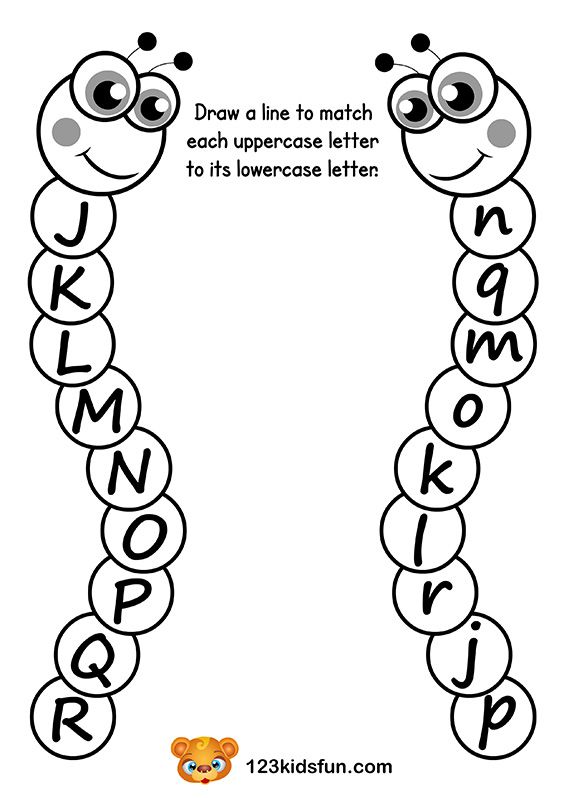 If you learn only one letter, the child gets used to quickly recognizing it in different words. And if you give words with different letters, the child as a whole learns to understand with which letter they begin. With the study of the account and the English language will also help TUMBLING.
If you learn only one letter, the child gets used to quickly recognizing it in different words. And if you give words with different letters, the child as a whole learns to understand with which letter they begin. With the study of the account and the English language will also help TUMBLING.
From the alphabet to reading
When a child learns the Russian alphabet, confidently recognizes all the letters in different words and can draw or mold them on his own, it is worth moving on to reading. Because you need to learn the alphabet just so that the child can read. If knowledge is not used, it will hang as an extra burden, and by the time school will be forgotten. Therefore, you should not learn the alphabet too early: at 3-4 years old, a child is simply not interested in reading books in order to learn something new. He is more interested when his mother reads. Conversely, by the age of six, the child will be glad to have his own books to read them himself.


